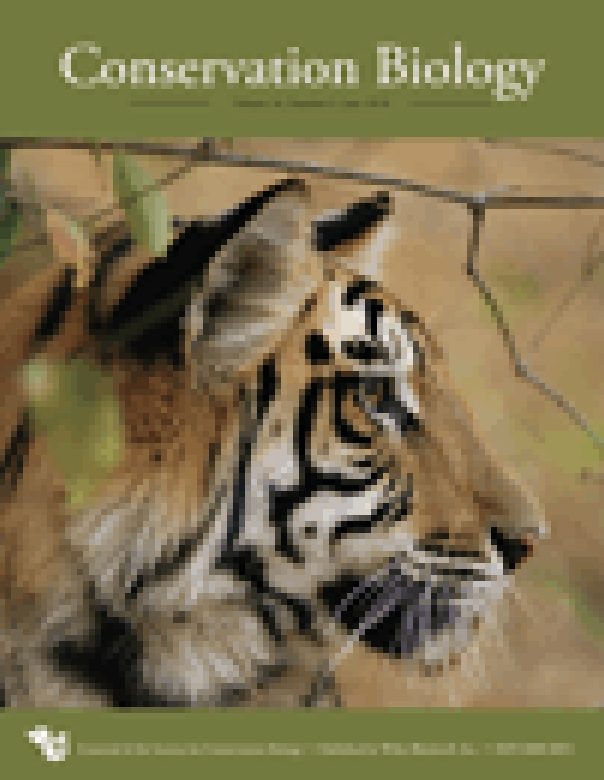The Northwest Forest Plan was implemented in 1994 to protect habitat for species associated with old-growth forests, including Northern Spotted Owls (Strix occidentailis caurina) in Washington, Oregon, and northern California (U.S.A.). Nevertheless, 10-year monitoring data indicate mixed success in meeting the ecological goals of the plan. We used the ecosystem management decision-support model to evaluate terrestrial and aquatic habitats across the landscape on the basis of ecological objectives of the Northwest Forest Plan, which included maintenance of late-successional and old-growth forest, recovery, and maintenance of Pacific salmon (Oncorhynchus spp.), and viability of Northern Spotted Owls. Areas of the landscape that contained habitat characteristics that supported these objectives were considered of high conservation value. We used the model to evaluate ecological condition of each of the 36, 180 township and range sections of the study area. Eighteen percent of the study area was identified as habitat of high conservation value. These areas were mostly on public lands. Many of the sections that contained habitat of exceptional conservation value were on Bureau of Land Management land that has been considered for management-plan revisions to increase timber harvests. The results of our model can be used to guide future land management in the Northwest Forest Plan area, and illustrate how decision-support models can help land managers develop strategies to better meet their goals.
Evaluating Areas of High Conservation Value in Western Oregon with a Decision-Support Model



